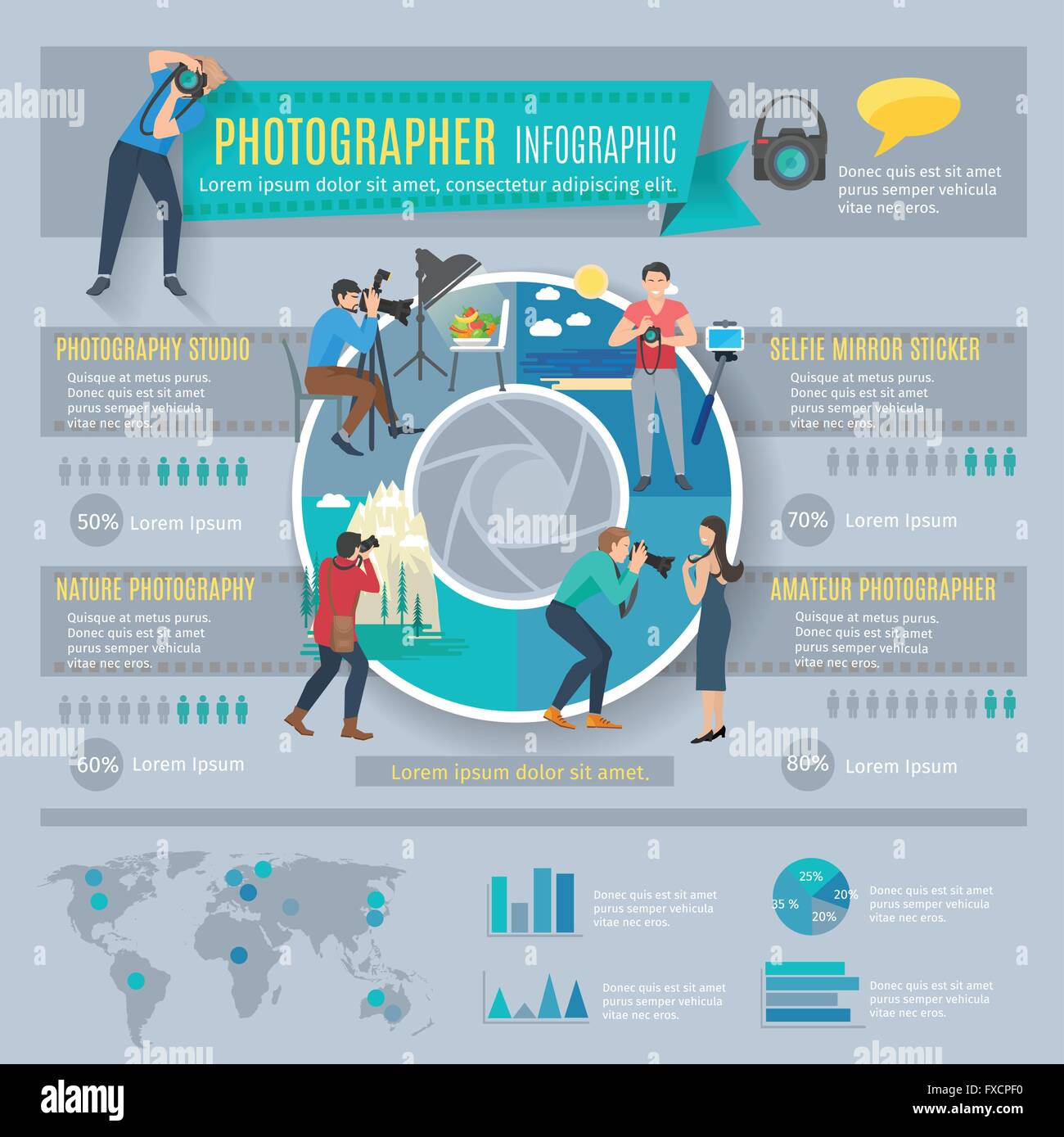What Every Digital Photographer Must Understand About Lights
What Every Digital Photographer Must Understand About Lights
Blog Article
Composed By-From Godwin
As a photographer, you know that illumination can make or break your images. Understanding the subtleties of both all-natural and artificial light is important for catching the mood and clarity you aim for in your work. Whether you're chasing after the best golden hour radiance or adjust your artificial configurations, grasping these components can raise your digital photography considerably. But there are common pitfalls that many neglect, and recognizing them can change your strategy to every shoot. Allow's explore what you might be missing out on and just how it can affect your results.
Understanding All-natural Light
Comprehending natural light is critical for any type of photographer wanting to enhance their job. It's the foundation of fantastic photography, influencing mood, tone, and clarity. When you shoot outdoors, focus on the time of day. The golden hour-- shortly after dawn and prior to sundown-- supplies soft, cozy light that can transform regular scenes into sensational images.
Do not take too lightly the power of overcast days. Cloud cover diffuses sunshine, creating a soft, also light that's ideal for portraits and macro photography. https://writeablog.net/vertie1060lenny/just-how-to-locate-your-unique-design-as-a-digital-photographer 'll discover colors appear this sort of illumination without severe shadows.
Placing matters, too. Always consider your subject's positioning to the source of light. If the sun's behind your topic, you might end up with a shape, which can be significant yet mightn't be what you want. On the other hand, direct sunlight can develop uncomplimentary shadows.
Trying out angles; sometimes, changing your perspective can generate fantastic results. Use all-natural reflectors, like water or sand, to jump light onto your subject, including measurement.
Mastering Artificial Light
Mastering fabricated light is necessary for professional photographers that intend to take their abilities to the following level. Whether you're utilizing speedlights, studio strobes, or continuous lights, comprehending just how to adjust these sources can dramatically improve your images.
Begin by https://fstoppers.com/education/7-helpful-landscape-photography-tips-470088 with the essentials of light quality, instructions, and shade temperature level. Try out https://zenwriting.net/tuan9carrol/open-the-keys-to-locating-the-perfect-camera-for-your-needs-but-which-kind like softboxes, umbrellas, or grids to control the gentleness or harshness of the light.
You'll find that soft light often creates lovely outcomes, while harsher light can include drama and deepness. Don't shy away from darkness; they can enhance the three-dimensionality of your subjects.
Pay close attention to the placement of your lights. you could look here located also close to your subject can create uncomplimentary results, while too far can bring about a lack of detail. Utilize a light meter or your electronic camera's pie chart to guarantee you're subjecting appropriately.
Last but not least, remember that artificial light can be blended with ambient light for creative impacts. Balancing these resources may take technique, once you master it, your photography will absolutely shine.
Methods for Various Situations
When you step into different shooting scenarios, adapting your illumination techniques is critical for catching the best images. For outdoor portraits, utilize the gold hour-- morning or late afternoon light-- to soften darkness and enhance skin tones.
If it's a severe midday sunlight, take into consideration making use of a reflector to jump light back onto your topic or look for shaded locations for a more also direct exposure.
In low-light situations, like interior occasions, enhance your ISO and make use of a vast aperture to allow in even more light. A tripod can help get rid of camera shake, allowing for longer exposures without blurring.
If you're contending evening, trying out off-camera flash to develop dynamic lights and deepness in your photos.
For item digital photography, utilize diffused illumination to prevent severe reflections. Softboxes or light outdoors tents can assist accomplish this result.
When photographing landscapes, take into consideration the instructions of light and time of day, as it can considerably change the state of mind of your shot.
Constantly prepare to adjust your settings and placing based upon the scenario, as versatility is crucial to understanding lights in digital photography.
Conclusion
In conclusion, mastering lights is essential to elevating your digital photography skills. Accept all-natural light's appeal throughout golden hour, and don't shy away from trying out synthetic light strategies. By adjusting your technique to various scenarios, you'll record spectacular pictures that reverberate with emotion and clarity. Bear in mind, the ideal lighting can change a normal shot into something phenomenal, so maintain exercising and improving your understanding of both all-natural and artificial light. Satisfied shooting!
